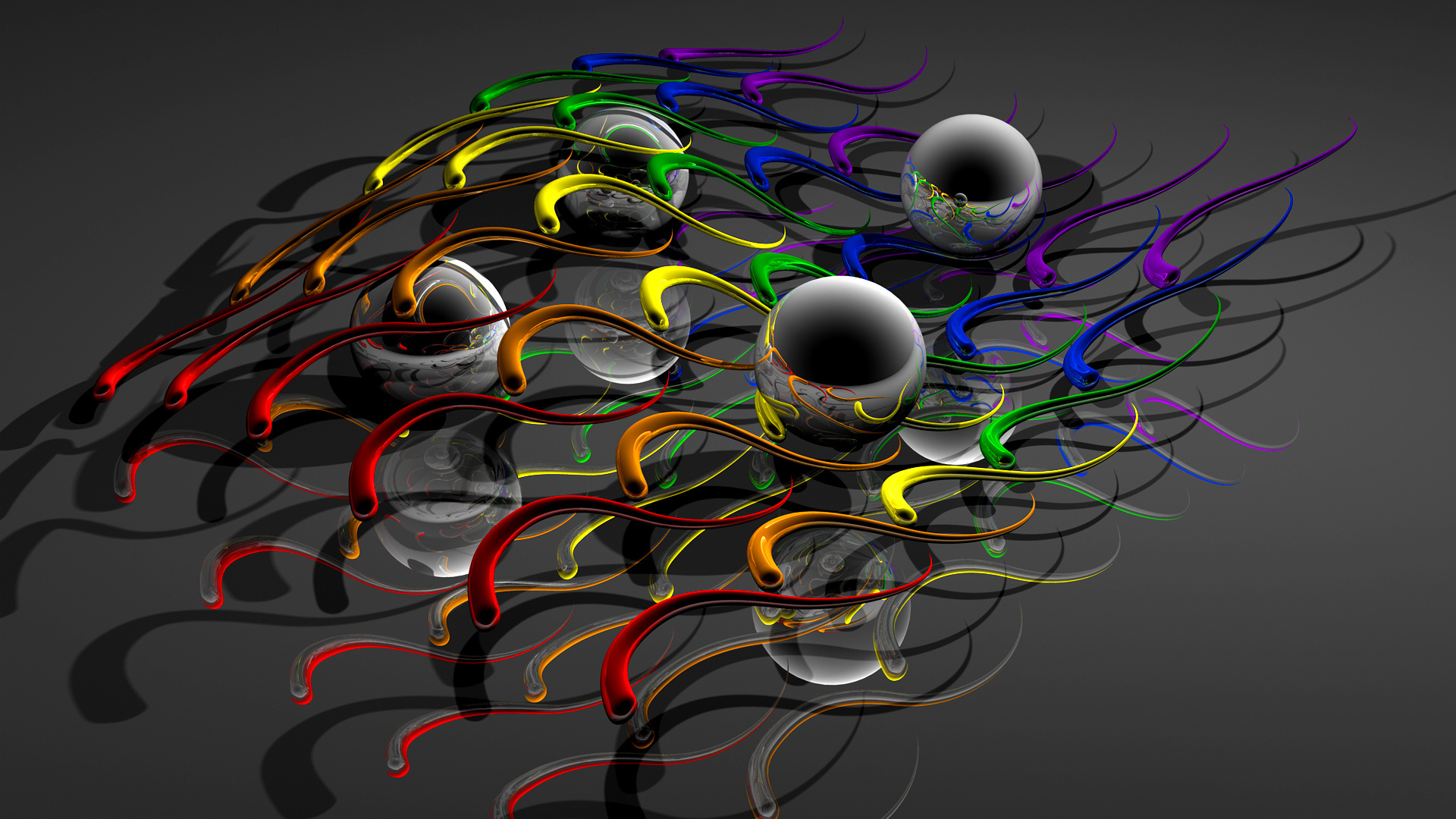

Intentions and possibilities should be clear to someone else who reads the mind map at a later date As you think though possibilities, it is likely that you will want to jot down whole phrases and brainstorm possible ways of beginning or approaching a subject.
Single words are unlikely to express an idea adequately. When brainstorming ideas for a high school Art project, remember that: The examples below, therefore, contain different visual brainstorming methods, not just those that are official mind maps. It should be noted, however, that when your Art teacher asks you to begin creating a mind map, they are almost always happy with any visually pleasing representation of ideas – such as a tree diagram, spider diagram – or even just a splurge of thoughts on paper, as long as it documents a range of ideas and possibilities connected to a theme (or a set examination topic). Examples from the Tony Buzan mind map gallery Tony Buzan’s recommendations include: using a landscape format starting with a central image to represent your topic or theme using curving lines to add main branches to the center and then connecting these to smaller branches using single words and images and adding colors for aesthetic and organizational purposes. A mind map helps students think clearly and ensures that a range of possibilities are considered, encouraging thinking outside-the-box. Mind map creator Tony Buzan coined the term ‘mind map’ to refer to a diagram that has a branch or root-like structure radiating from a central image on the page, and which uses lines and color to show relationships, groupings and connections between words, ideas and images. 
If this brainstorm is submitted as part of assessment material, it is essential that this is presented well. writing these down in lists or paragraphs), students can find it helpful to collect, record and organize ideas graphically, using visual diagram such as a mind map. Rather than attempting to record thoughts in a sequential, linear fashion (i.e. Humans have a tendency to think in a multi-dimensional way – that is, with lots of things occurring simultaneously, triggering further ideas.

Sometimes coming up with ideas for an Art project takes place within the classroom – an interactive discussion between students and teachers on other occasions students formally document ideas within their sketchbooks.







 0 kommentar(er)
0 kommentar(er)
